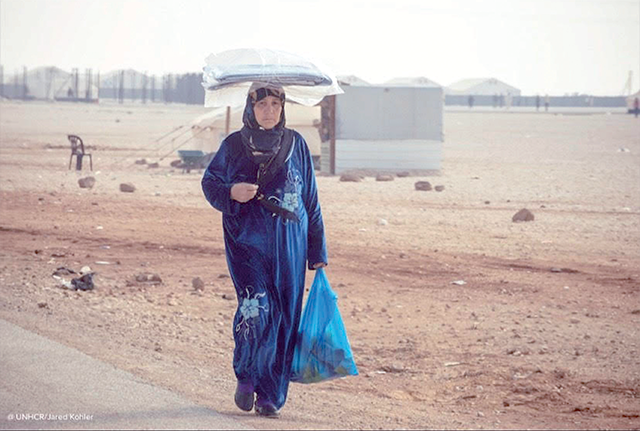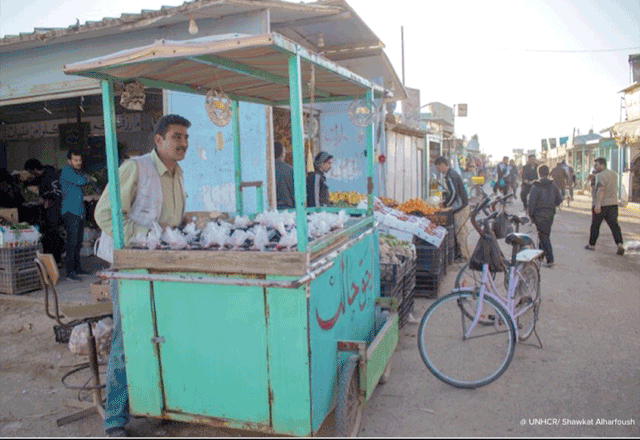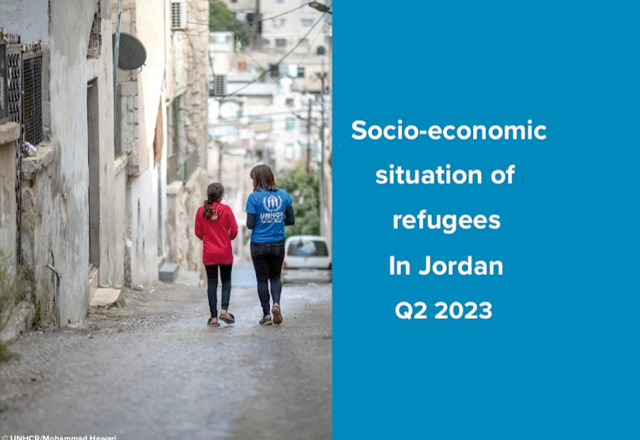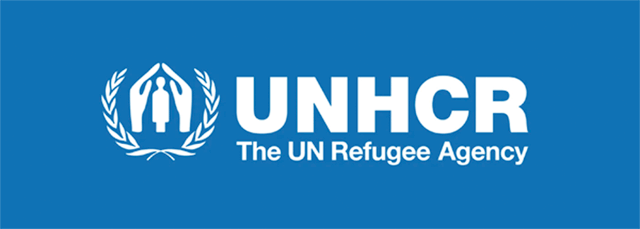You are here
Majority of refugee households hold debt — UNHCR report
By Mays Ibrahim Mustafa - Dec 15,2022 - Last updated at Dec 15,2022

Ninety-three per cent of Syrian and 88 per cent of non-Syrian households in host communities are in debt, while over eight out of 10 households in refugee camps held debt in the third quarter of 2022, according to a UNHCR report
AMMAN — Ninety-three per cent of Syrian and 88 per cent of non-Syrian households in host communities are in debt, while over eight out of 10 households in refugee camps held debt in the third quarter (Q3) of 2022, according to a UNHCR report.
Camp-based households spent JD98 more than they earned on average, and refugee households in host communities spent JD69 more than they earned on average, the report, titled Socio-economic situation of refugees in Jordan Q3 2002, said.
Average debt totalled JD645 in Azraq camp, JD701 in Zaatari camp and JD1,111 in households within host communities, according the report, which evaluates the socio-economic situation of refugees in Jordan in Q3 of 2022.
In host communities, the average monthly income of Syrian households decreased from JD283 in Q3 of 2021 to JD252 in Q3 of 2022. For non-Syrian households, income decreased from JD241 to JD220, the report said.
As for refugee households in camps, the average monthly income in Q3 of 2022 was JD228 in Azraq and JD249 in Zaatari, increasing by 6 per cent and 14 per cent respectively compared to Q4 of 2021, the report added.
The overall employment rate of refugees outside camps stood at 23 per cent, with a 6 per cent female labour force participation, the report showed.
It also stated that the employment rate of refugees remained stable at 24 per cent in Azraq and 28 per cent in Zaatari.
“By gender breakdown, 38 per cent of male refugees in Azraq and 49 per cent in Zaatari reported to be working, compared to 11 per cent of women in Azraq and 9 per cent in Zaatari,” the report added.
The majority of working refugees continued to be employed as temporary workers in the construction and services sector, according to the report.
Moreover, the report pointed out that “the proportion of Syrian households [outside camps] sending their children to beg increased from 2 per cent in Q2 to 7 per cent in Q3”.
Q3 of 2022 also marked an increase in the number of refugees adopting “negative food-based coping strategies”, it said.
As per the report, which showed that six in 10 camp-based households bought food on credit, the proportion of households that reduced the number of meals eaten in a day reached 40 per cent in Azraq camp and 50 per cent in Zaatari camp.
In host communities, these households made up 69 per cent of non-Syrians and 64 per cent of Syrians, it showed.
Additionally, the report said that seven out of 10 refugee households in camps and over eight out of 10 households in host communities were able to access health services.
It also stated that proportion of refugee households with “insufficient water storage to cover all family needs” decreased from 29 per cent in Q2 of 2022 to 26 per cent in Q3 of 2022 in host communities.
However, that proportion measured 72 per cent in Azraq camp and 70 per cent in Zaatari camp, the report added.
Related Articles
AMMAN — The Jordan funding update issued by UNHCR, the UN Refugee Agency, shows that it has only obtained 15 per cent of its $390.1 million
AMMAN — Syrian refugee households in Jordan reported a decrease in their average monthly income in the first quarter (Q1) of 2023, according
















